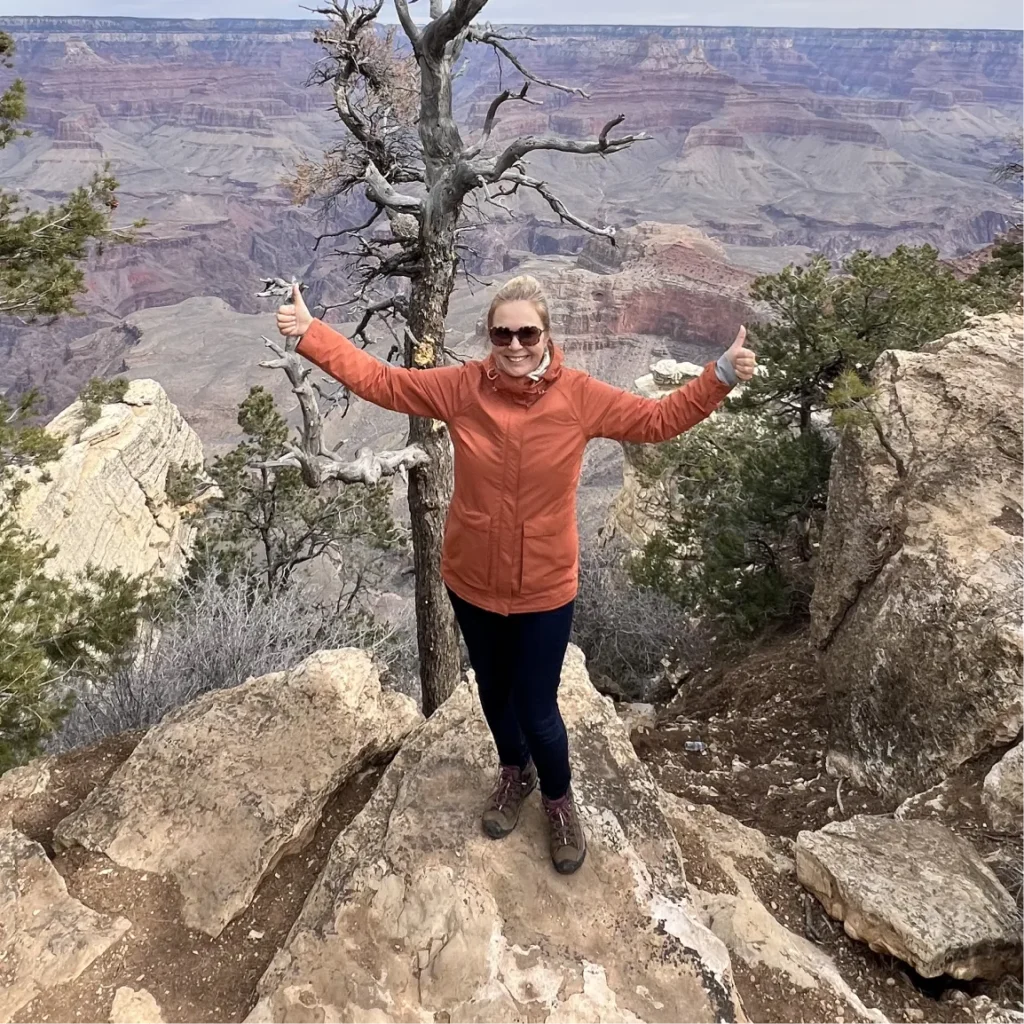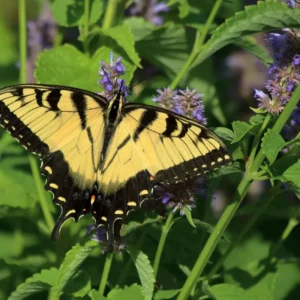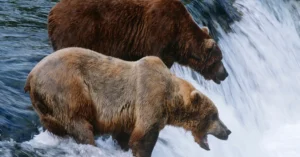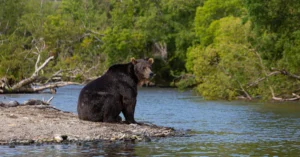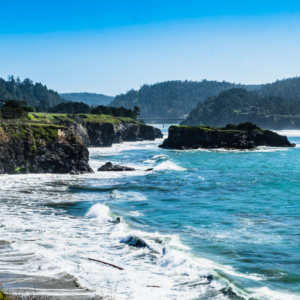National parks are special places full of nature and wildlife. They need our protection because they are valuable. Each year, lots of people visit these parks and it’s important to visit in ways that don’t harm them. These eco-friendly travel tips will help you learn how to do that.
You’ll find out how to plan your trip wisely, what to pack, and how to act while you’re there. We’ll also cover how you can help the park stay beautiful.
Following these green travel tips helps keep the parks safe and clean for everyone. Let’s make sure we all do our part.
Keep reading to see how you can visit national parks the right way. This guide makes it easy to understand what to do. By using these eco-tourism tips, you help protect these wonderful places.
1. Plan Ahead
National parks are precious areas where nature thrives. When we visit, we must be careful not to harm them. Our actions can affect the plants and animals living there. This guide gives you ten simple tips to follow.
By using these eco-friendly travel tips, you make sure that these parks remain beautiful and safe for everyone. Let’s help keep these parks wonderful places to visit now and in the future.
What To Do
- Check the best times to visit to avoid crowds. Lighter crowds mean less impact on nature.
- Opt for eco-friendly transport options, like electric vehicles or shared rides, to reduce pollution.
- Always walk on designated paths to protect the park’s natural habitats.
What To Avoid
- Avoid visiting during peak seasons or holidays when parks are most crowded.
- Don’t use cars that run on gasoline; they pollute the air.
- Never stray from marked trails; it can damage the environment and disturb wildlife.
2. Use Sustainable Transport

Using sustainable transport is key to protecting our national parks. Cars and buses can pollute the air and harm wildlife. By choosing greener options, we reduce this damage. Did you know that one bus can carry passengers equal to 30 cars? This means fewer vehicles on the road and less pollution.
Carpooling, using electric vehicles, and park shuttle services are great choices. They help keep the air clean and the park safe. Next time you plan a park visit, think about these options.
What To Do
- Share a ride with friends to reduce the number of cars.
- Choose electric vehicles to avoid harmful emissions.
- Use park shuttle services when available.
What To Avoid
- Avoid driving alone in a gasoline-powered car.
- Don’t use large vehicles that are not energy-efficient.
- Stay away from areas that require off-road driving which can damage the environment.
3. Stick To The Trails
Sticking to the trails is a big deal in national parks. When we walk on designated paths, we help protect the animals and plants. Trails are planned to minimize harm to the environment.
Stepping off the path can crush plants and disturb small creatures’ homes. It also increases erosion, which can hurt the park’s ecosystem over time. Remember, every step off the trail can leave a lasting mark on nature.
What To Do
- Always follow the signs and stay on the trails.
- Watch where you step to avoid harming plant life.
- Use boardwalks and marked paths especially in sensitive areas.
What To Avoid
- Don’t wander off the trail into unknown areas.
- Avoid shortcuts to keep the natural areas undisturbed.
- Steer clear of closed paths; they are off-limits for a reason.
4. Pack Light And Eco-Friendly
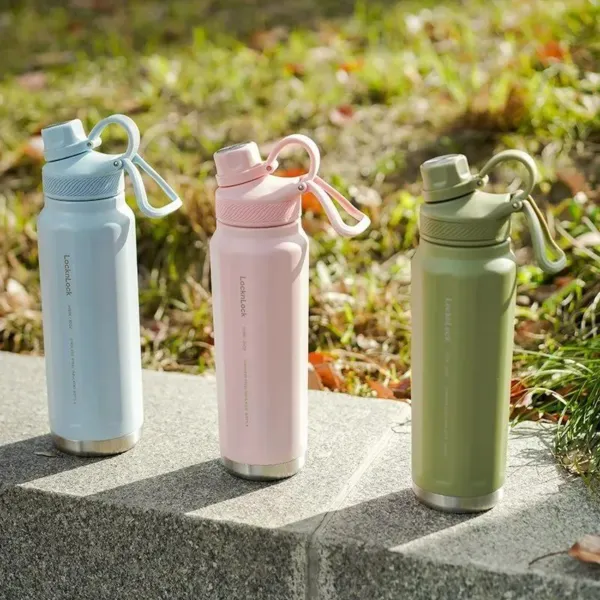
Packing light and eco-friendly is essential for national park visits. Every item we bring impacts the environment. Choosing the right products can make a big difference. Biodegradable items break down naturally and don’t harm the land. Reusable water bottles reduce plastic waste dramatically.
Every year, millions of plastic bottles are thrown away in parks, harming wildlife and nature. By packing thoughtfully, we protect the parks and keep them clean for future visitors.
What To Do
- Bring biodegradable soaps and food containers.
- Use a reusable water bottle and coffee mug.
- Pack only what you need to minimize waste.
What To Avoid
- Avoid single-use plastics like disposable cutlery and plates.
- Don’t bring non-biodegradable toiletries.
- Leave no trash behind; everything you pack in, pack out.
5. Practice Leave No Trace Principles
Practicing Leave No Trace principles is crucial in preserving national parks. These seven guidelines help us enjoy nature without causing harm. By following them, we ensure parks stay pristine for all.
The principles focus on reducing our footprint and protecting wildlife and natural resources. They teach us to be aware of our impact and encourage responsible behavior in the outdoors. Embracing these principles helps maintain the natural beauty and health of our beloved parks.
What To Do
- Plan ahead and prepare: Know the regulations and special concerns of the area you’ll visit.
- Travel and camp on durable surfaces: Use established trails and campsites.
- Dispose of waste properly: Pack out all trash, leftover food, and litter.
- Leave what you find: Preserve the past; examine, but do not touch, cultural or historic structures and artifacts.
- Respect wildlife: Observe wildlife from a distance and never feed animals.
What To Avoid
- Avoid creating new trails or campsites.
- Do not leave trash or food scraps; everything you bring in, bring back out.
- Resist the urge to take natural objects or cultural artifacts home.
- Avoid loud noises or disturbances that could impact wildlife and other visitors.
6. Support Local
Supporting local businesses during national park visits boosts the local economy and reduces environmental impacts. When you choose local accommodations, dine at local restaurants, and buy local products, you help sustain the community.
Locally sourced goods often have a smaller carbon footprint as they don’t require long-distance transportation. Moreover, spending your money locally helps preserve the unique culture and traditions of the area.
What To Do
- Stay in local hotels or lodges.
- Eat at restaurants that source their ingredients locally.
- Buy souvenirs and products made by local artisans.
What To Avoid
- Avoid international chains that don’t contribute much to the local economy.
- Don’t buy mass-produced, imported souvenirs.
- Avoid places that source their materials or foods from far away.
7. Respect Wildlife
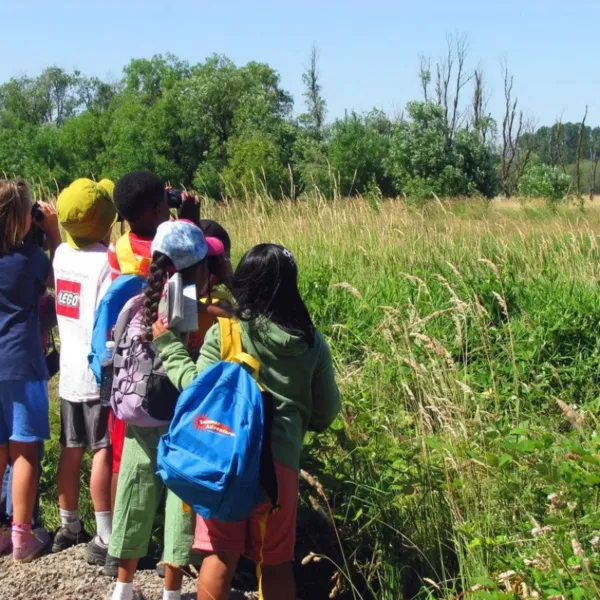
Respecting wildlife is key when visiting national parks. The parks are homes to animals, not just places for us to visit. Watching animals in their natural habitat can be amazing, but it’s important to do it carefully.
Disturbing wildlife can stress them, change their natural behaviors, and harm their survival. By keeping a respectful distance and not interfering, we ensure their safety and the natural balance of the park.
What To Do
- Use binoculars to watch animals from a safe distance.
- Follow park rules about wildlife interaction.
- Move quietly and calmly to avoid startling animals.
What To Avoid
- Never feed the wildlife. It’s harmful to their health and alters natural behaviors.
- Don’t try to touch or chase animals.
- Avoid noisy behavior that can disturb animals, like shouting or playing loud music.
8. Volunteer For Park Conservation Efforts
Volunteering in national parks is a powerful way to contribute to conservation efforts. It lets you give back to the places you enjoy. Many parks offer programs that allow visitors to help with wildlife surveys, trail restoration, or visitor education.
This hands-on involvement not only aids the park but also enriches your experience. By volunteering, you make a direct impact on maintaining the park’s natural beauty and sustainability.
What To Do
- Join organized volunteer groups focused on conservation projects.
- Participate in park clean-up days or trail maintenance events.
- Help educate other visitors about the park’s rules and conservation practices.
What To Avoid
- Don’t take on tasks without proper guidance or training.
- Avoid disrupting conservation work if you’re not officially participating.
- Don’t engage in activities that might damage the environment or wildlife habitats.
9. Educate Yourself And Others
Education is a powerful tool in conservation. Learning about the park’s ecology and history helps us understand why these places are worth protecting.
When you know the stories behind the landscapes and the science behind the ecosystems, you appreciate the parks more deeply. Sharing this knowledge can inspire others to act responsibly too.
It’s about keeping the parks wonderful for future generations.
What To Do
- Take guided tours to learn from experts.
- Read information boards and attend park-run educational sessions.
- Share interesting facts and stories with your friends and family.
What To Avoid
- Don’t ignore the signs and guides. They offer valuable insights.
- Avoid spreading incorrect information about the park.
- Don’t keep your knowledge to yourself. Help educate others.
10. Choose Eco-Friendly Tours And Activities
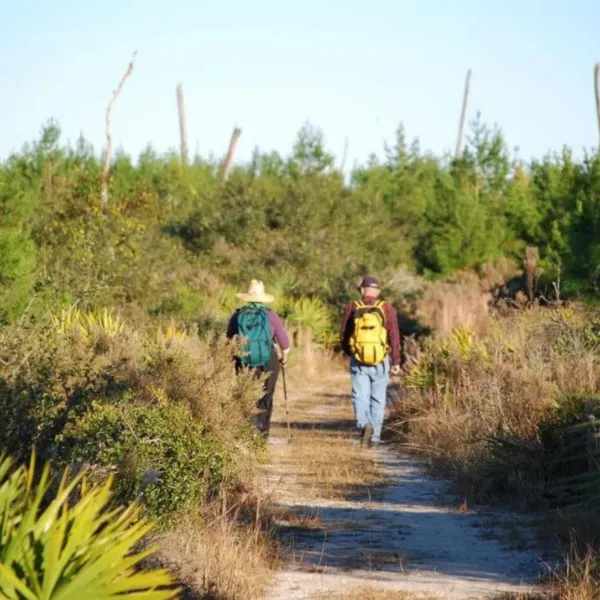
Choosing eco-friendly tours and activities in national parks is crucial for sustainability. These options ensure that your enjoyment doesn’t harm the environment.
Eco-friendly tours use practices that minimize impact on wildlife and habitats. They also often focus on educating tourists about protecting nature. By selecting these tours, you help support businesses that are committed to conservation.
What To Do
- Pick tours led by certified, eco-conscious guides.
- Choose activities that have a low impact on the environment, like hiking or bird-watching.
- Look for tours that include educational components about the park’s ecosystems.
What To Avoid
- Avoid tours that use vehicles which can damage trails or disturb wildlife.
- Don’t participate in activities that involve collecting natural objects or interacting too closely with wildlife.
- Steer clear of companies that do not follow local environmental guidelines.
Final Thoughts
Visiting national parks responsibly is vital. By following these eco-friendly travel tips, you contribute to preserving these natural treasures. Remember, every choice matters, from the transport you use to the products you buy.
National parks offer a chance to connect with nature, but it’s up to us to ensure they remain pristine and vibrant for future explorers. Let’s commit to being eco-friendly visitors who enhance, not diminish, the beauty and health of our beloved parks.




